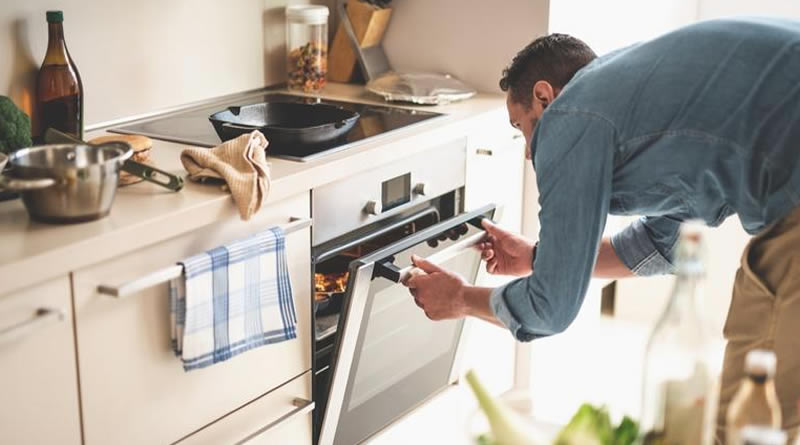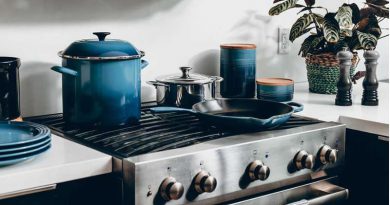What are the health and safety risks associated with household appliances and how can we minimize them?
Our homes are filled with a variety of household appliances that make our lives easier and more convenient. From kitchen appliances to electronic devices, these gadgets have become an integral part of our daily routines. However, it’s important to be aware of the potential health and safety risks that can arise from their usage. In this article, we will explore the various risks associated with household appliances and discuss practical steps to minimize them, ensuring a safe and healthy environment for ourselves and our families.
Electrical Hazards
One of the primary risks associated with household appliances is electrical hazards. Faulty wiring, damaged cords, or improper use can lead to electric shocks or even fires. It’s crucial to ensure that all appliances are properly grounded and that electrical outlets are in good condition.
Regularly inspecting cords for any signs of wear or damage and promptly replacing them is essential. Avoid overloading electrical circuits by plugging too many appliances into a single outlet, as this can cause overheating and increase the risk of electrical accidents.
Chemical Exposure
Certain household appliances, such as cleaning products, air fresheners, or pest control devices, may contain chemicals that can pose health risks if not used properly. It’s important to read and follow the instructions provided by manufacturers and to use these products in well-ventilated areas.
Consider opting for natural and eco-friendly alternatives whenever possible to minimize exposure to potentially harmful chemicals. Proper storage and disposal of chemical-based products are also essential to prevent accidental ingestion or environmental contamination.
Physical Injuries
Household appliances can present physical hazards, especially in the kitchen and laundry areas. Sharp edges, hot surfaces, and moving parts can lead to cuts, burns, or other injuries. It’s crucial to handle appliances with caution and to keep them out of reach of children.
Using protective gear, such as oven mitts or gloves, when dealing with hot surfaces or handling sharp objects, can significantly reduce the risk of injuries. Regular maintenance and cleaning of appliances also contribute to their safe operation, minimizing the likelihood of accidents.
Carbon Monoxide Poisoning
Appliances such as gas stoves, water heaters, or furnaces that burn fuel can produce carbon monoxide, a colorless and odorless gas that is extremely dangerous if inhaled in high concentrations. Carbon monoxide poisoning can lead to severe health complications or even be fatal.
To prevent carbon monoxide buildup, it’s essential to ensure proper ventilation and regular maintenance of these appliances. Installing carbon monoxide detectors in your home is also a critical safety measure, as they can alert you to any potential leaks or elevated levels of this toxic gas.
Conclusion
Understanding and addressing the health and safety risks associated with household appliances are crucial for maintaining a secure and healthy living environment. By practicing proper maintenance, following safety guidelines, and being mindful of potential hazards, we can minimize the risks and enjoy the benefits of these devices without compromising our well-being.
Remember, safety should always be a top priority. Stay informed, take necessary precautions, and regularly assess the condition of your appliances to ensure a safe and healthy home for you and your loved ones.




